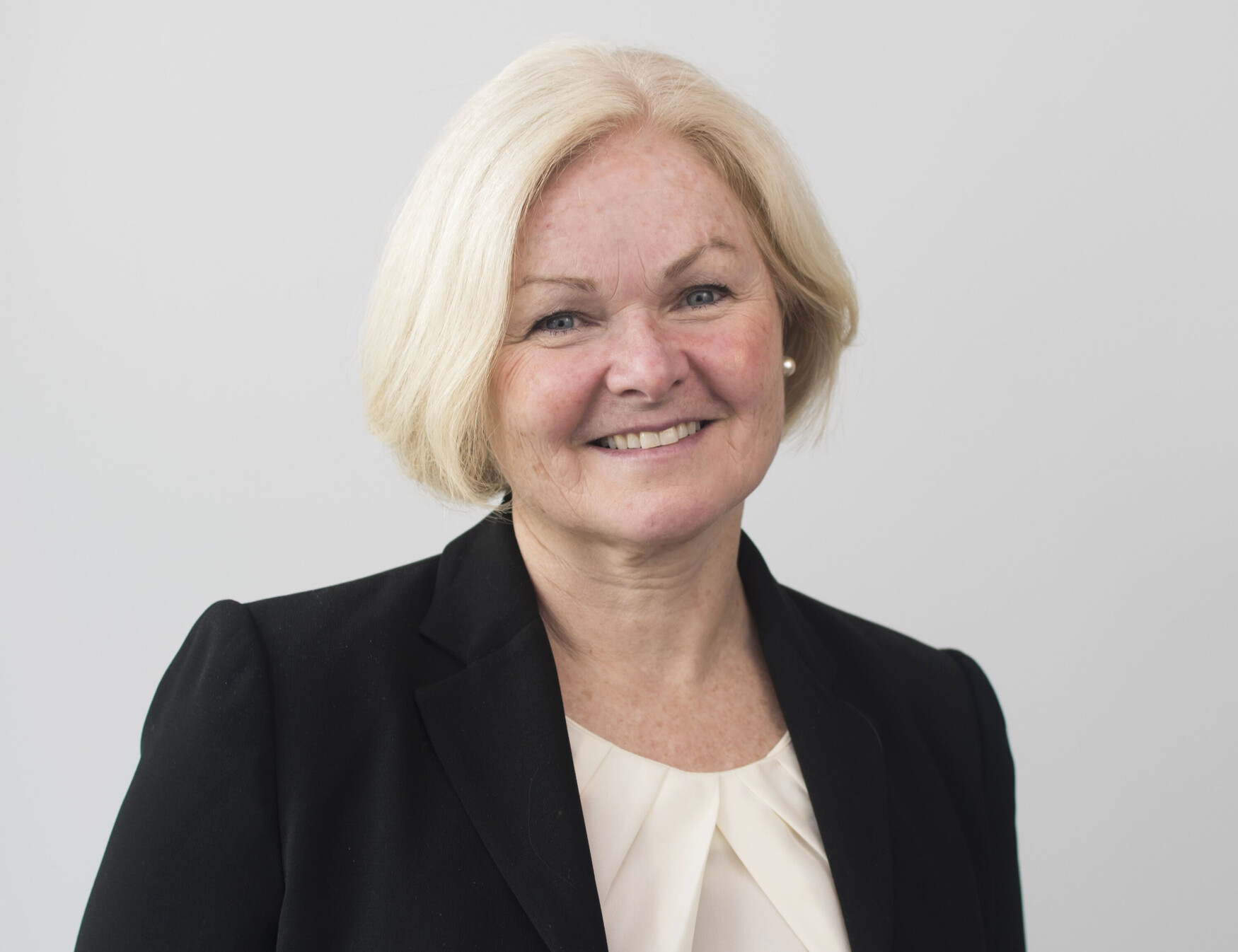Main Second Level Navigation
Nov 11, 2022
“Stay restless and continue to hunt.” How the Department of Anesthesiology & Pain Medicine continues to redefine pain medicine.
Chair of the Department of Anesthesiology & Pain Medicine, Dr. Beverley Orser, is among persons sharing their reflections during National Pain Awareness Week.

Chair of the Department of Anesthesiology & Pain Medicine, Dr. Beverley Orser